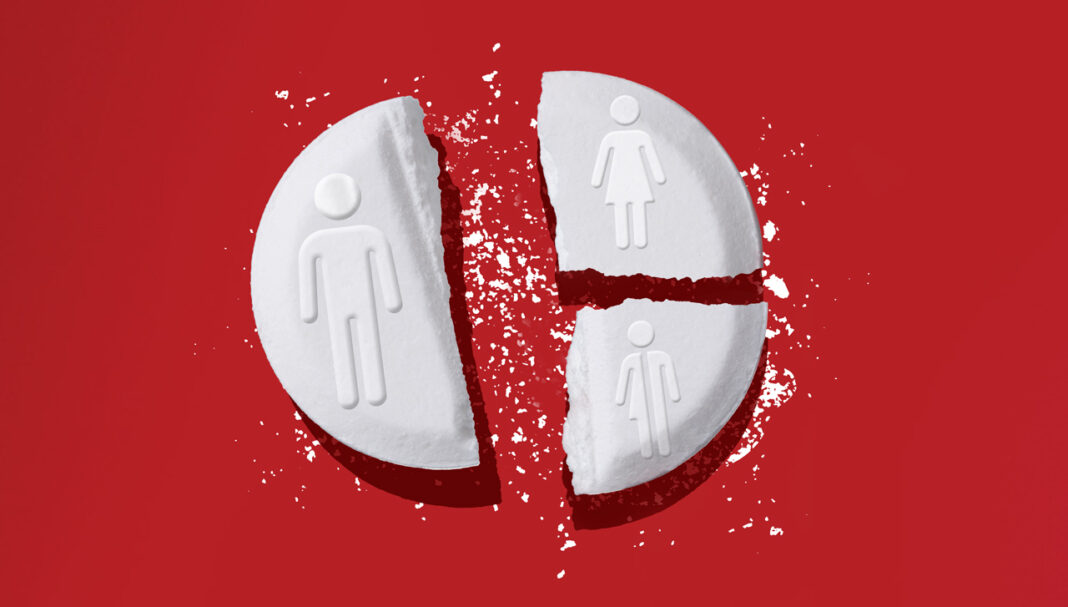Pain is a highly complex and subjective phenomenon, characterised by high levels of inter-individual variability.1,2 This can make it difficult to quantify and compare pain between individuals and different population groups.1,2

Access to timely and appropriate pain management is also influenced by numerous factors, including some related to the patient, such as level of health literacy, socio-economic disadvantage, geographic location, and others related to society, including, discrimination, stigma, and gender norms.3
Considering this, there has been growing literature citing the presence of what has been termed a ‘gender pain gap’ both locally and globally.4–11 This article shares insights from an Australian survey of healthcare professionals evaluating attitudes towards unconscious gender biases, with the aim of helping pharmacists conceptualise the gender pain gap as it applies to their own practice as well as the broader healthcare landscape.
It includes practical strategies to help pharmacists identify and address unconscious gender biases relating to the management of pain in their practice. While this article focuses on the gender pain gap as it pertains to cisgender women and men, it’s crucial to acknowledge that gender bias may simil
THIS IS A CPD ARTICLE. YOU NEED TO BE A PSA MEMBER AND LOGGED IN TO READ MORE.



 John Jones MPS, pharmacist immuniser and owner of My Community Pharmacy Shortland in Newcastle, NSW[/caption]
John Jones MPS, pharmacist immuniser and owner of My Community Pharmacy Shortland in Newcastle, NSW[/caption]


 Debbie Rigby FPS explaining how to correctly use different inhaler devices[/caption]
Debbie Rigby FPS explaining how to correctly use different inhaler devices[/caption]




 Professor Sepehr Shakib[/caption]
Professor Sepehr Shakib[/caption]

 Lee McLennan MPS[/caption]
Lee McLennan MPS[/caption]
 Dr Natalie Soulsby FPS, Adv Prac Pharm[/caption]
Dr Natalie Soulsby FPS, Adv Prac Pharm[/caption]
 Joanne Gross MPS[/caption]
Joanne Gross MPS[/caption]








